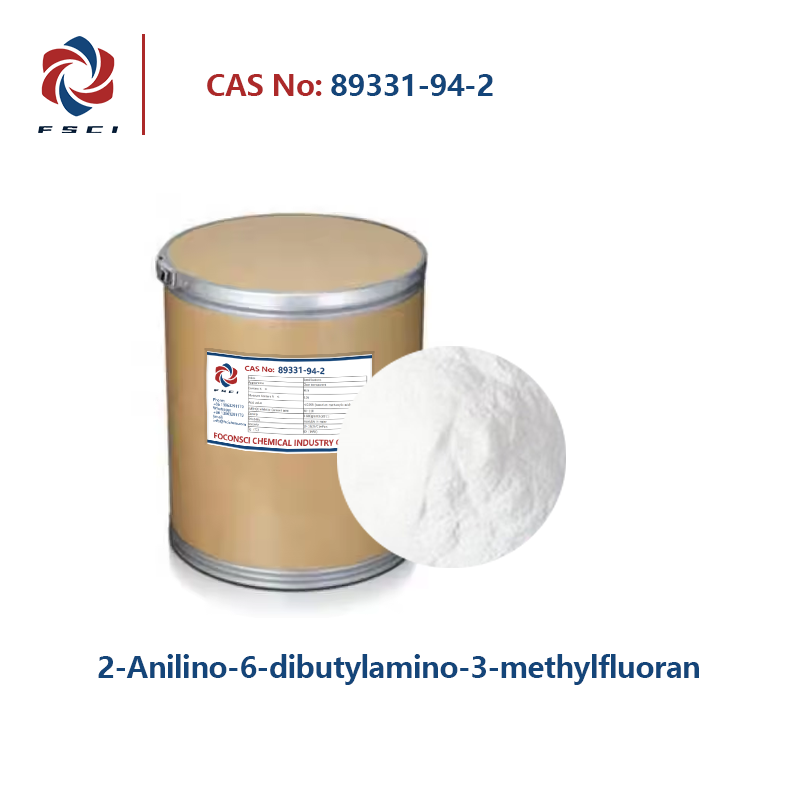แอนติโมนีไตรอะซีเทต CAS 6923-52-0
ชื่อเคมี : แอนติโมนีไตรอะซีเทท
ชื่ออื่นที่ใช้แทนได้ :2-DMPC; 2-chloropropyldimethylammonium chloride;
(2R)-2-คลอร์-N,N-ไดเมทิลโปรเพน-1-อะมีเนียม
CAS No :6923-52-0
สูตรโมเลกุล :C6H9O6Sb
น้ําหนักโมเลกุล :298.89
EINECS ไม่ :230-043-2
- พารามิเตอร์
- ผลิตภัณฑ์ที่เกี่ยวข้อง
- สอบถาม
สูตรโครงสร้าง :

คำอธิบายสินค้า :
|
รายการ |
สเปก |
|
ลักษณะ |
ขาวเป็นผง |
|
การวิเคราะห์,% |
99.0 MIN |
|
Cl,% |
< 0.002 |
|
SO42-,% |
0.008 |
|
Fe,% |
<0.001 |
|
โทลูอีน C6H5CH3,% |
0.17 |
|
Pb,% |
0.0016 |
|
L |
93.59 |
|
a |
0.41 |
|
b |
2.38 |
|
ความละลายในเอทิลีนไกลคอล |
ละลายหมดจด |
|
ค่ากรด mg KOH/g |
550 |
คุณสมบัติและ วิธีใช้ :
แอนติมอนอะซีเตทเป็นเกลืออินทรีย์ที่มีแอนติมอน สามารถละลายได้ในแอลกอฮอล์และอีเทอร์ แต่ไม่ละลายในน้ำ มักพบอยู่ในรูปของผลึกสีขาวหรือผงผลึก เนื่องจากมีเสถียรภาพทางความร้อนสูงและความสามารถในการออกซิเดชัน จึงมีการใช้งานที่สำคัญในหลายสาขาของอุตสาหกรรมและการเคมี
การใช้งานหลัก
1. สาร retardant ไฟ
แอนติโมนีอะซีเททเมื่อรวมกับฮาไลด์ (เช่น บรม) สามารถเพิ่มคุณสมบัติการยับยั้งไฟของพลาสติก เส้นใย gom และวัสดุอื่น ๆ ได้ ในสภาพแวดล้อมที่มีอุณหภูมิสูง แอนติโมนีอะซีเททในฐานะสาร retardant ไฟสามารถปรับปรุงความต้านทานต่อไฟของวัสดุเหล่านี้ได้อย่างมีนัยสำคัญและช่วยชะลอความเร็วของการลามของเปลวไฟ เพื่อเพิ่มความปลอดภัย
2. ตัวเร่งปฏิกิริยา
แอนติโมนีอะซีเททมักใช้ในการเร่งปฏิกิริยาการสังเคราะห์ของสารประกอบอีเทอร์และเอสเทอร์ในปฏิกิริยาเคมีอินทรีย์ เพื่อปรับปรุงประสิทธิภาพและความเลือกเฉพาะของปฏิกิริยา นอกจากนี้ยังทำหน้าที่เป็นตัวเร่งปฏิกิริยาโพลีคอนเดนเซชันในการผลิตโพลีเอสเตอร์ เพื่อปรับปรุงคุณภาพและการผลิตของโพลีเอสเตอร์
3. อุตสาหกรรมกระจกและเซรามิก
ในฐานะสารเสริม แอนติโมนีอะซีเททถูกใช้เพื่อปรับปรุงความโปร่งใสและความเป็นเลิศทางแสงของกระจก และในเซรามิกเพื่อเพิ่มคุณสมบัติโครงสร้าง ทำให้ผลิตภัณฑ์แข็งแรงและคงทนมากขึ้น
4. สีและผงสี
แอนติโมนีอะซีเททสามารถปรับปรุงความเสถียรและคุณภาพของสีของสารย้อมและผงสีได้ สามารถใช้เป็นสารเติมแต่งในกระบวนการผลิตสารย้อมเพื่อเพิ่มความทนทานและความเงาของสี
5. ยา
ในวงการเภสัชกรรม แอนติโมนีอะซีเททถูกใช้เป็นสารตั้งต้นสำหรับยาต้านพยาธิบางชนิดเพื่อช่วยพัฒนาสูตรยาใหม่
6. เคมีภัณฑ์
ในห้องปฏิบัติการ แอนติโมนีอะซีเททถูกใช้ในการเตรียมสารประกอบแอนติโมนีชนิดอื่นๆ หรือทำการวิเคราะห์ทางเคมี เพื่อช่วยให้นักวิจัยสำรวจการมีอยู่และความเข้มข้นของแอนติโมนี
เงื่อนไขการเก็บรักษา: คลังสินค้าที่ระบายอากาศได้ อุณหภูมิต่ำ และแห้ง โดยแยกออกจากส่วนผสมอาหาร
การบรรจุ: สินค้าชนิดนี้บรรจุในกระป๋องกระดาษขนาด 25 กก., 50 กก., 100 กก. และสามารถปรับแต่งตามความต้องการของลูกค้าได้


 TH
TH
 EN
EN AR
AR
 BG
BG
 HR
HR
 CS
CS
 DA
DA
 NL
NL
 FI
FI
 FR
FR
 DE
DE
 EL
EL
 HI
HI
 IT
IT
 JA
JA
 KO
KO
 NO
NO
 PL
PL
 PT
PT
 RO
RO
 RU
RU
 ES
ES
 SV
SV
 TL
TL
 IW
IW
 ID
ID
 LV
LV
 LT
LT
 SR
SR
 SK
SK
 VI
VI
 HU
HU
 TR
TR
 GA
GA
 CY
CY
 KA
KA
 LA
LA
 MN
MN
 KK
KK
 LB
LB














